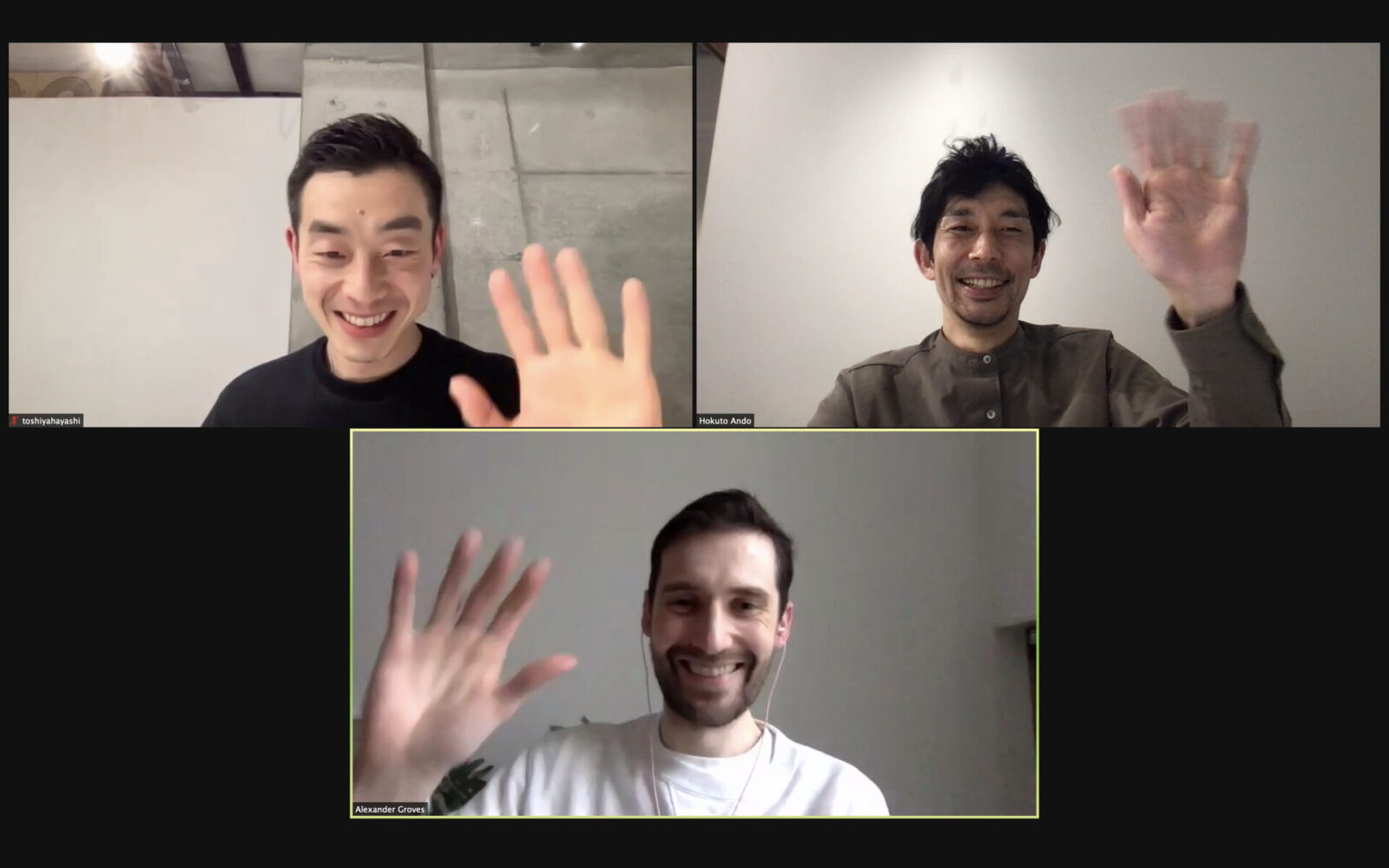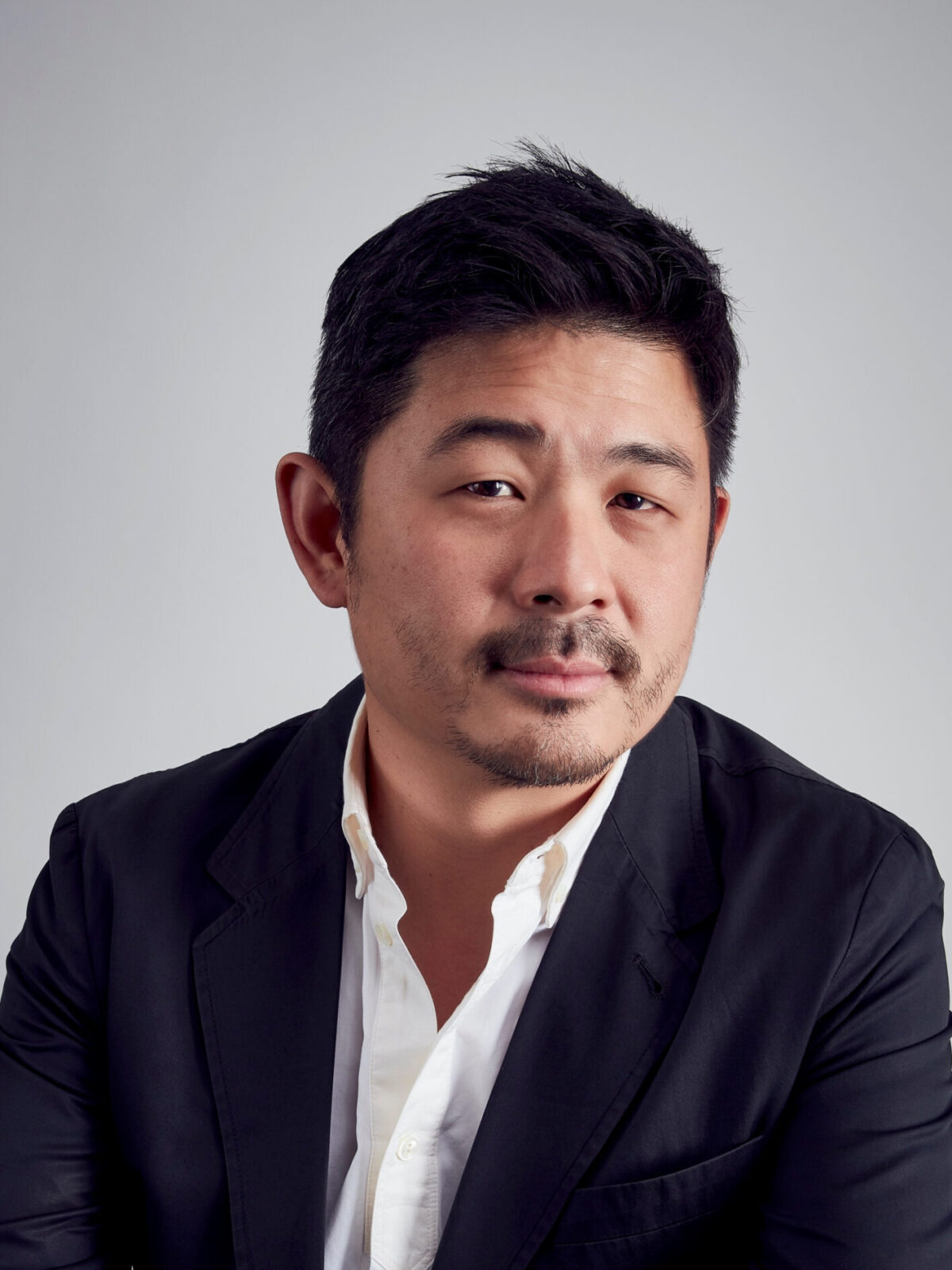Studio Swine
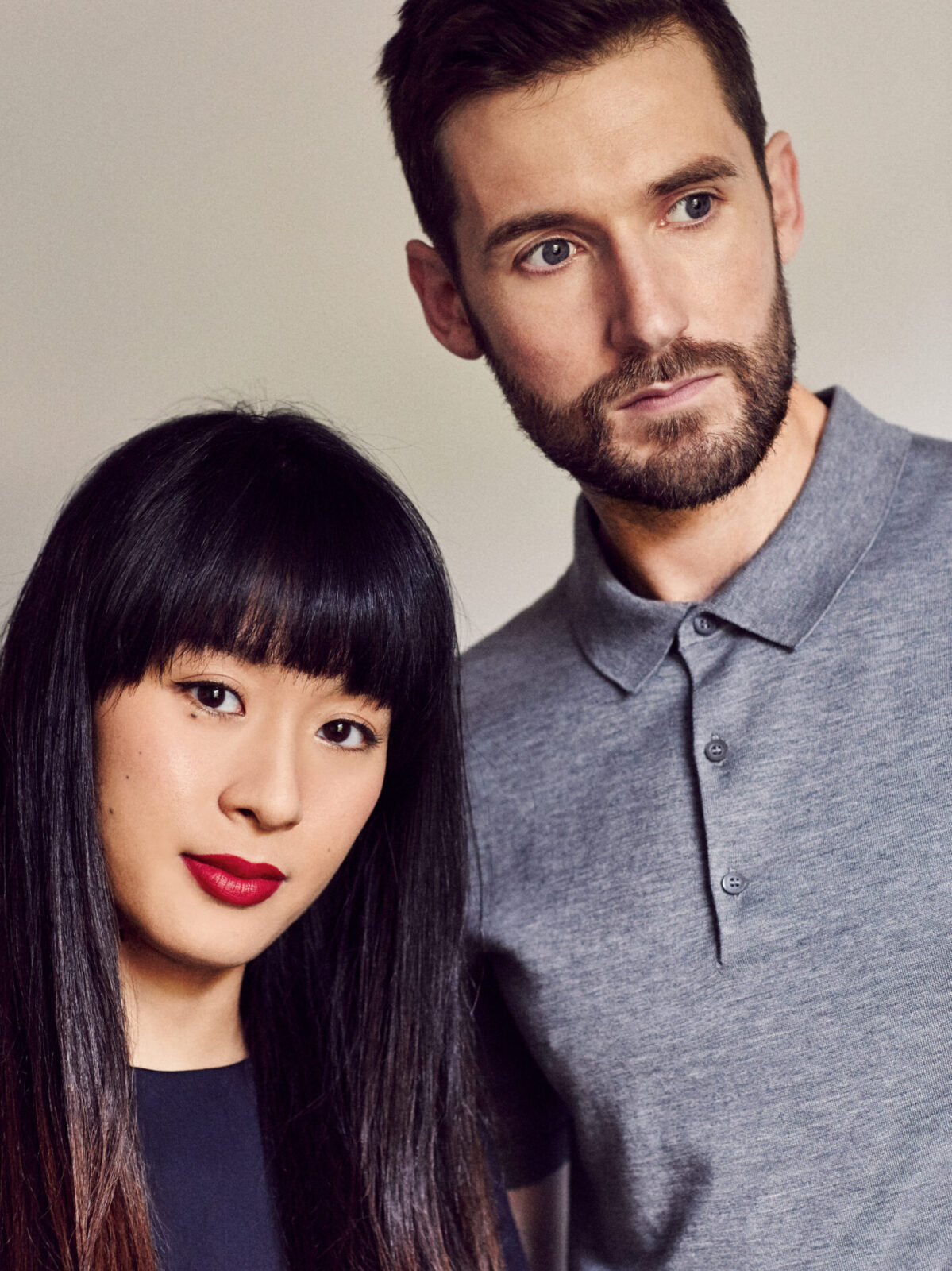
Our fourth guest is Studio Swine, a design studio established in 2011 by Japanese architect Azusa Murakami and British artist Alexander Groves. Speaking of Studio Swine, many design professionals may recall their COS installation that became a hot topic at the 2017 Milan Design Week. Most recently, the husband-wife design duo have just welcomed their first child into the world. Alexander took time out of his busy child-rearing schedule to give us an interview.
- Studio Swine (Super Wide Interdisciplinary New Explorers)
A collaboration between Japanese Architect Azusa Murakami and British Artist Alexander Groves. Creating works that straddle the spheres of art, design and cinema, Studio Swine explores themes of regional identity and the future of resources in the age of globalisation. Their work combines deep contextual research and experimental use of materials which manifest in objects and immersive installations. Studio Swine’s films have been awarded at Cannes and other film festivals around the world and their work has been widely exhibited at institutions such as the Victoria & Albert Museum in London, Pompidou Centre in Paris, and the Venice Art Biennale. Studio Swine is currently represented by Pace Gallery.
They first met at the Royal College of Art in London
It’s been a long time! How are you?
We are very well and are working on various experiments in the studio now.
Are you and Azusa working in Tokyo now?
Yes. We didn’t really have any projects in Japan, but we just finished a big project in Tokyo. We’re not allowed to talk about it yet, but we recently created a kind of artwork for an office. We also had our first big solo exhibition in Shenzhen, China in December 2020, but haven’t been able to see nearly all the works in person. Now we are in the strange situation of having to exhibit without visiting in person. It was a complicated installation, but we couldn’t send all the pieces from UK so I made them in UK and China and had someone we had worked with before to install them for us. It was interesting and a good learning experience.
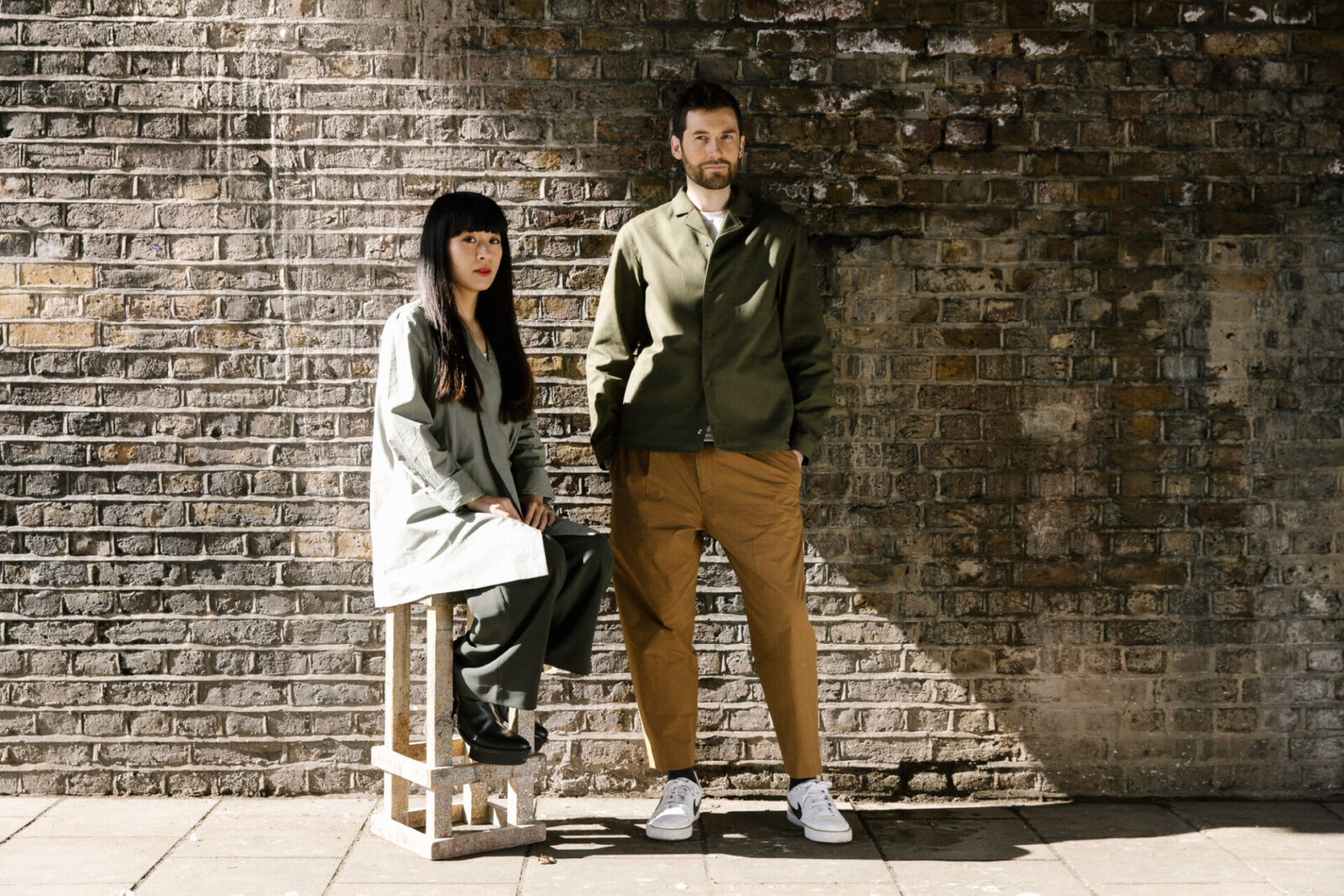
Indeed. So, let’s start the interview together now. First of all, could you tell us how you started Studio Swine?
We started the studio 10 years ago in 2011. Azusa and I met in the product design master’s program at RCA (Royal College of Art, London) and combined both of our very different ways of thinking about things, as I come from a fine art background and she comes from an architecture background. We always start our work with a discussion, and through these many conversations learned that we could create unexpected works together that we would never have created alone. This was very stimulating, and as I worked on various projects ranging from office interiors to conceptual projects, I began to think about old systems in the design industry. For example, at Milan Design Week we see a lot of mass-produced designs even though the earth’s resources are limited. So many companies are always looking for ways to continue making more and more products using these limited resources. As we are faced with this immediate issue, I wondered what we could do. Therefore, we began to present projects that utilize design as a language and a vehicle for ideas, using simple chairs to communicate the process of making or creating films that use design and creativity as a way to tell a story.
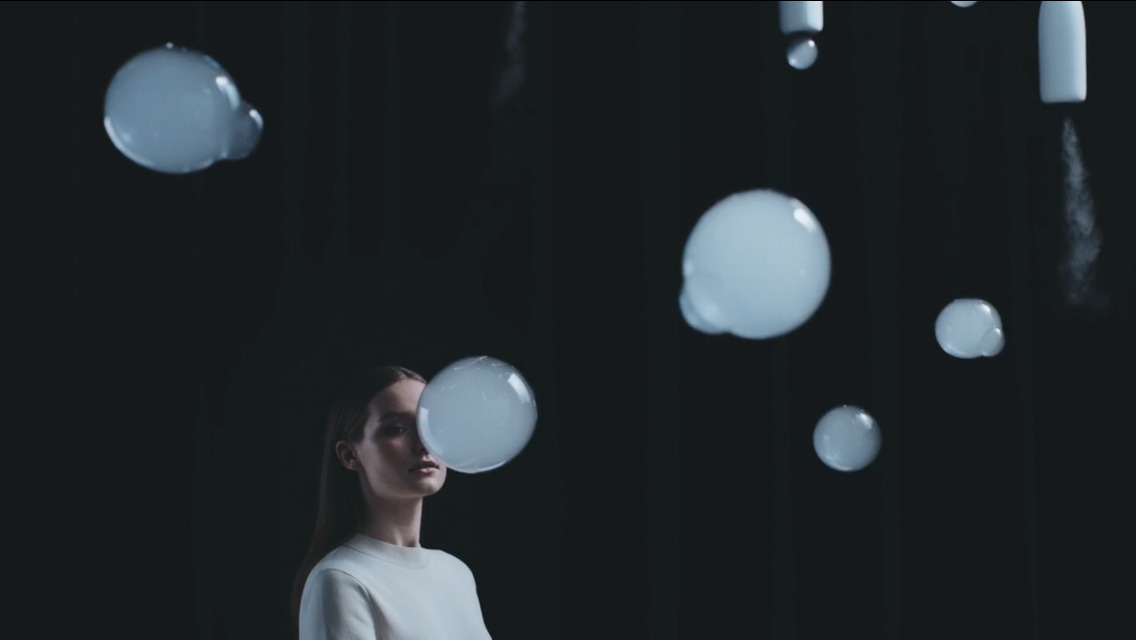
Photo: Juriaan Booij
Seeking information that is not on the internet
One of the projects that came out of this process was using human hair sold in the market in China. You focused on the potential of human hair as a renewable resource to replace dwindling resources such as turtle shells and tropical rainforests. How do you usually find and arrive at your concepts?
When we were living in London, there was a store that sold wigs and extensions just like a hair supermarket. One day when I looked inside, I found that they were all in fact 100% human hair made in China. I was curious so I looked it up on the Internet, but there was no information on it at all. That’s when I get the feeling that this could be a good project. It’s like a journalist’s approach, discovering an interesting story that people don’t know about yet. We began through all our own research, and actually travelled to China to visit a hair market that is the biggest exporter of human hair. There we saw a lot of people on motorcycles selling the hair that we found in stores in London. It was a strange apocalyptic scene that hadn’t been documented before and so the film we made was broadcast by the National Geographic…. Anyway, finding something that hasn’t been documented is how a project starts, stemming from our own interest and curiosity.
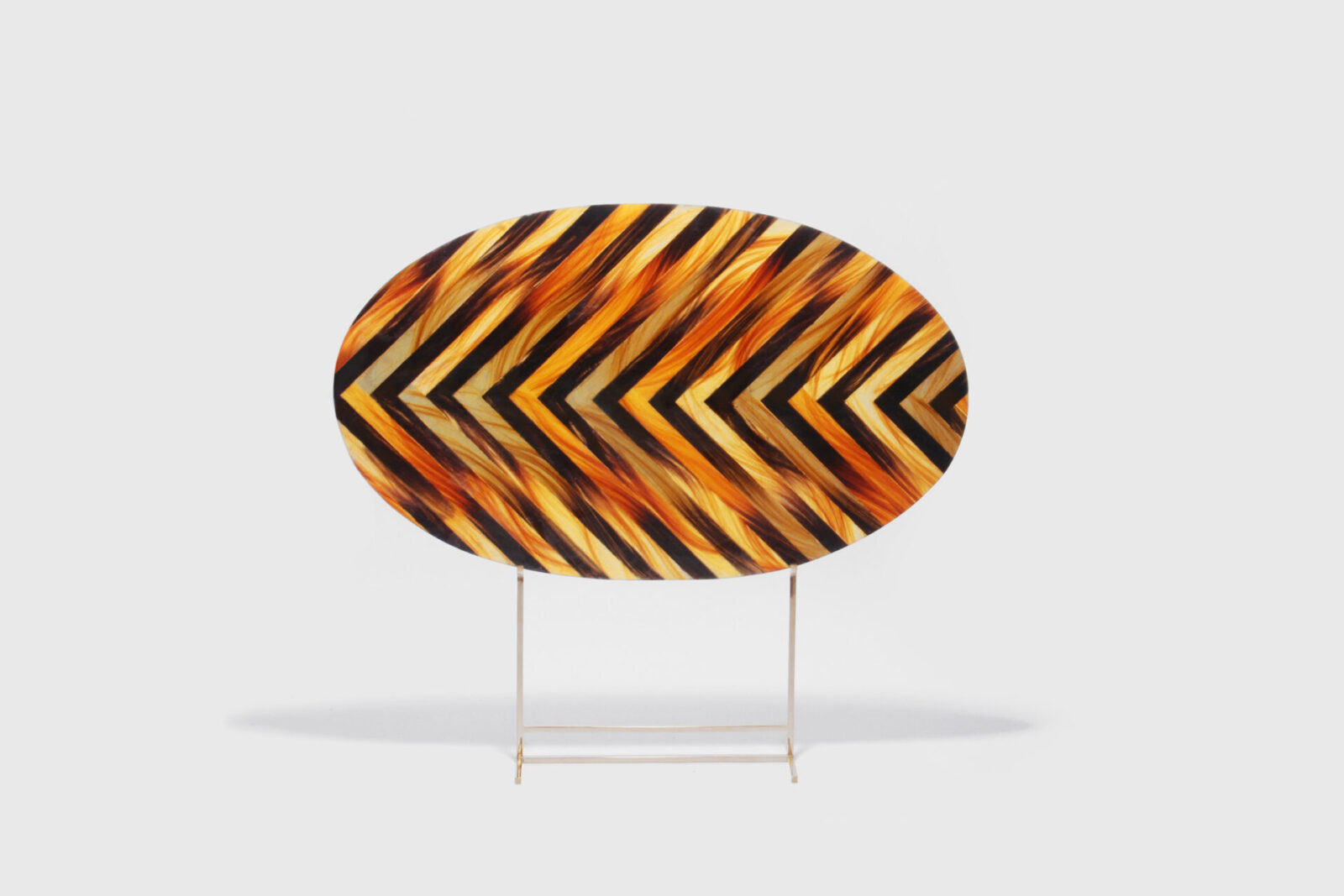
Photo: Juriaan Booij
Our project “Fordlandia” was inspired by our research into a ghost town of the same name found deep in the Amazon Rainforest built by the American Industrialist Henry Ford in the late 1920’s. It all started with an interest in beautiful smoking pipes that I encountered in the world’s oldest tobacco store in London. The pipes have a flap-like material on the mouthpiece that looks like its made of plastic, but isn’t. I couldn’t figure out what it was, so I asked the shop person and he told me it was some kind of hardened rubber. That’s when I became interested in rubber. It is a really interesting material, and is one of the three major materials (oil, metal, and rubber) that were necessary for the industrial revolution. Without rubber, engines would not work, and cars and shoes need rubber. An airplane cannot land without tires. Surgeons’ gloves are also made of rubber. I found it so interesting that our modern world heavily relies on liquid materials that come from trees.
“Sea Chair”, was a project to create a series of chairs out of plastic collected from the ocean, which started out of our own interest in sea plastic. At the time, there was not enough information available on the internet and no one worked with it. So we did our own research, found a beach that was badly polluted with sea plastic, and drove six hours from London to see the site. Upon arrival we discovered that the plastic was not in a good enough condition to be recycled, so we had to explore new ways of working with it. We found ways to make art pieces as research projects, exhibited them in galleries and also made a documentary film. For us, the most important thing was to raise awareness about the issue in a way that doesn’t feel depressing or boring.
Everything is connected by an invisible thread
Many of your ideas are related to social and environmental issues. Why are you interested in these issues as a designer?
It is because that without the natural environment, we wouldn’t be able to exist either. I enjoy learning about animals and plants in nature so much that if I were to do anything else, I would want to be a natural science researcher. Our projects always start with questions about materials, but when we get down to the material, we realize an interesting fact: we are all connected. The distance between us is great, and we feel physically disconnected, but in fact the Amazon rainforest and my cheap plastic pen are connected by an invisible thread. Modern industrialization is amazingly clever and we have access to resources from all over the world, but I find it very interesting to reacquire the same connection to the things around us that our ancestors had. Also, a wasteland may have been a rainforest millions of years ago, and everything is in constant flux. What we create will one day become something else. It’s interesting design thinking; considering what role we can play in the grand scheme of time.
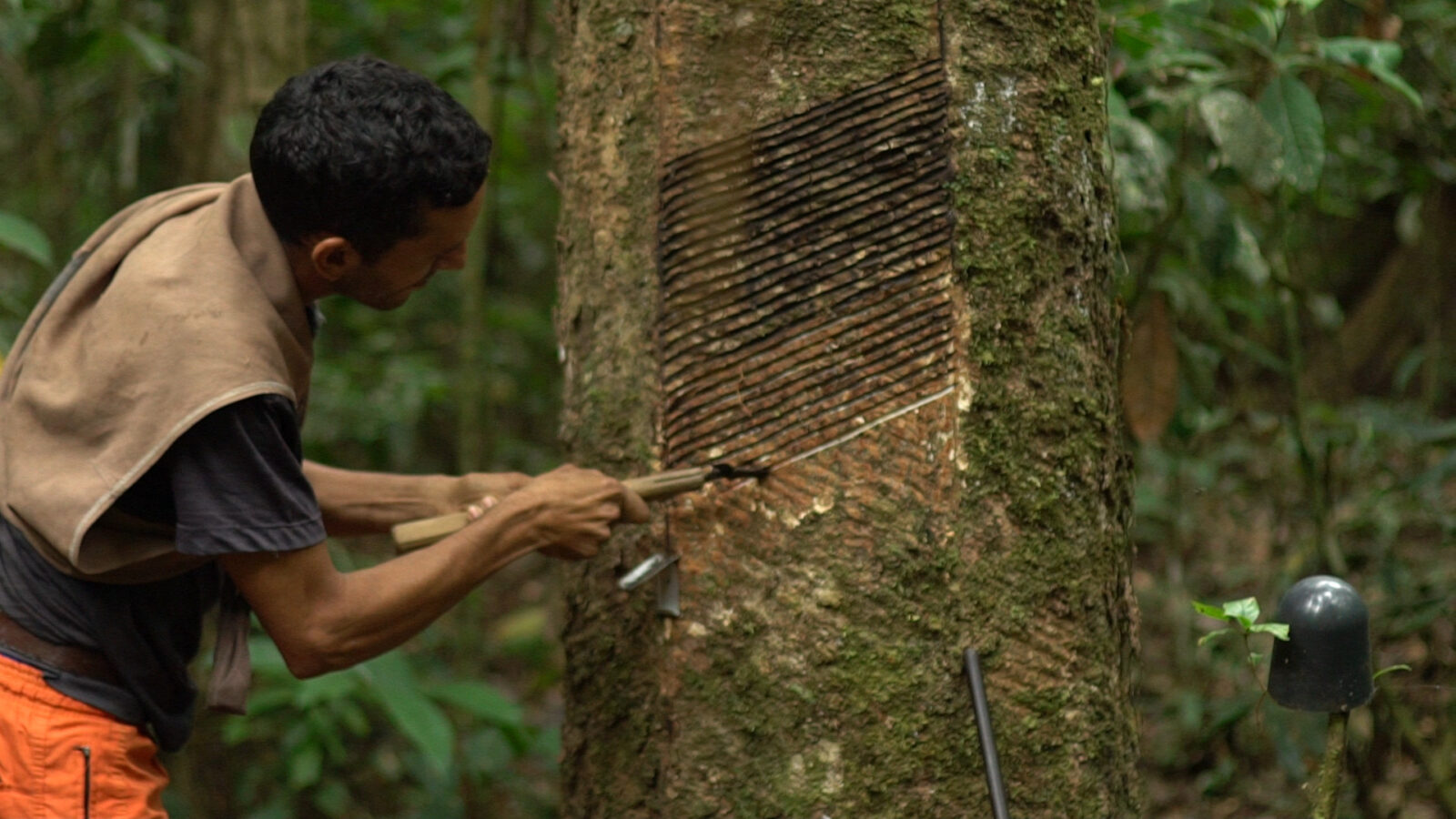
Do Japanese people have a high sensitivity to materials?
As designers living in the present, we cannot avoid environmental and social issues. I think the activities of the two of you can be very helpful for Japanese designers.
In Japan, all products are packaged and whilst disposable single-use plastic packaging is a big issue, it doesn’t seem to be much of a problem. On the other hand, there are many excellent examples of the use of natural and sustainable materials in Japan, aren’t there? For example, Magewappa made from bamboo or bamboo-sheath are used to wrap rice balls. Japanese people have a rich sensitivity to materials and I feel that they are able to do certain things better than anyone else in the world.
It is true that Japan is blessed with nature, with most of its land covered with forests, allowing for many traditional product-making methods utilizing natural materials. Are there any other things that have impressed you in Japan?
There are many. I was especially surprised by the depth of specialization. If you go to a bookstore, you will find an amazing variety of books on flower arrangements, insects, and many other genres of specialty books. If you go to a knife shop, you will find many different types of knives, such as those for fugu sashimi. I think it’s really amazing how specialized they are. Where does this uniqueness come from?
There are many things I don’t understand even as a Japanese person, but in Japan, fish and vegetables are often eaten raw, so perhaps the need to keep them fresh and cut them delicately which led to the improvement of knives into various shapes.
It is true that there is a complex culture in Japan, but for Japanese people it is too obvious to question.
Fish don’t know they are in water.
How do you think about the design scene in Japan? I think that there are many wonderful designers in Japan, and many of them are active in Milan and abroad, but I think that it is important for young designers to go abroad and communicate their ideas more.
There are not many design galleries in Japan, but I think it is necessary to have a bridge to present new emerging talents to the world.
Are there any designers you are currently following?
I think there is so much diversity in the design industry and so many different talents doing amazing works, but I personally love vintage and classic design. Both Azusa and I love Frank Lloyd Wright and always make a pilgrimage since there are many of his buildings in the US. I also like the Spanish designer Tomás Alonso, and Japanese architect Junya Ishigami is also wonderful.
His architecture is very inspiring, isn’t it?
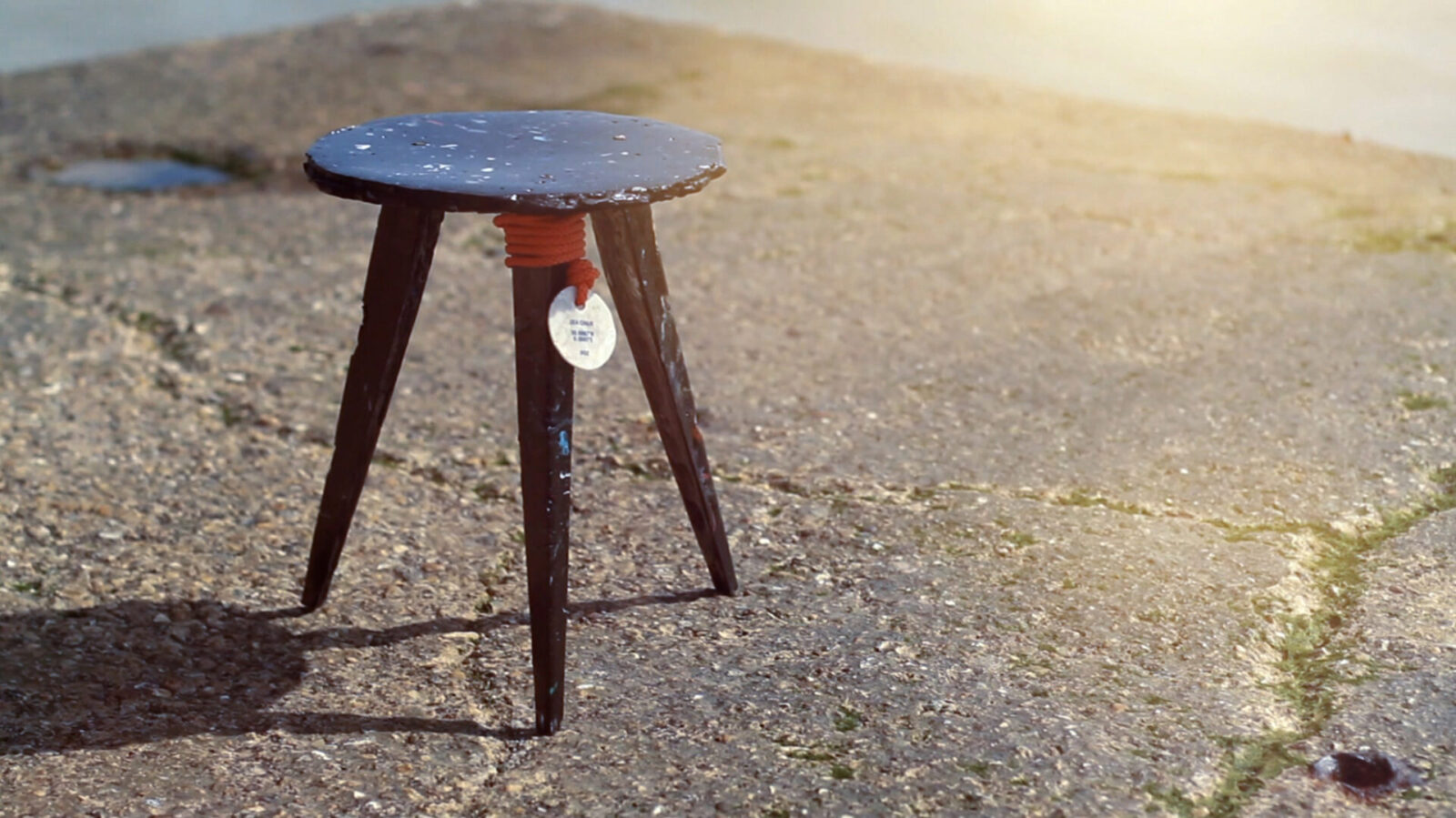
Photo: Juriaan Booij
Working with galleries and clients.
What role do design galleries play from the perspective of European designers?
I think it depends on the individuality of each designer. Galleries know what sells and have customers, so they may influence the work that designers create in terms of demand. Each gallery has its own strengths and characteristics, and when it comes to the presentation methods of their works there are aspects that are hugely better to those of furniture shops. So I do think it is very important for designers to understand these characteristics, where to place the context of their own works, and what to choose. In some cases, Japanese design or design that associates with Japan can have a very positive effect.
Does the gallery sometimes suggest ideas to you?
No, not at all, however there are some works that could not have been done without the support of our gallery. However mostly, our projects are self-initiated and embedded with extensive research, so we don’t really work with galleries that much.
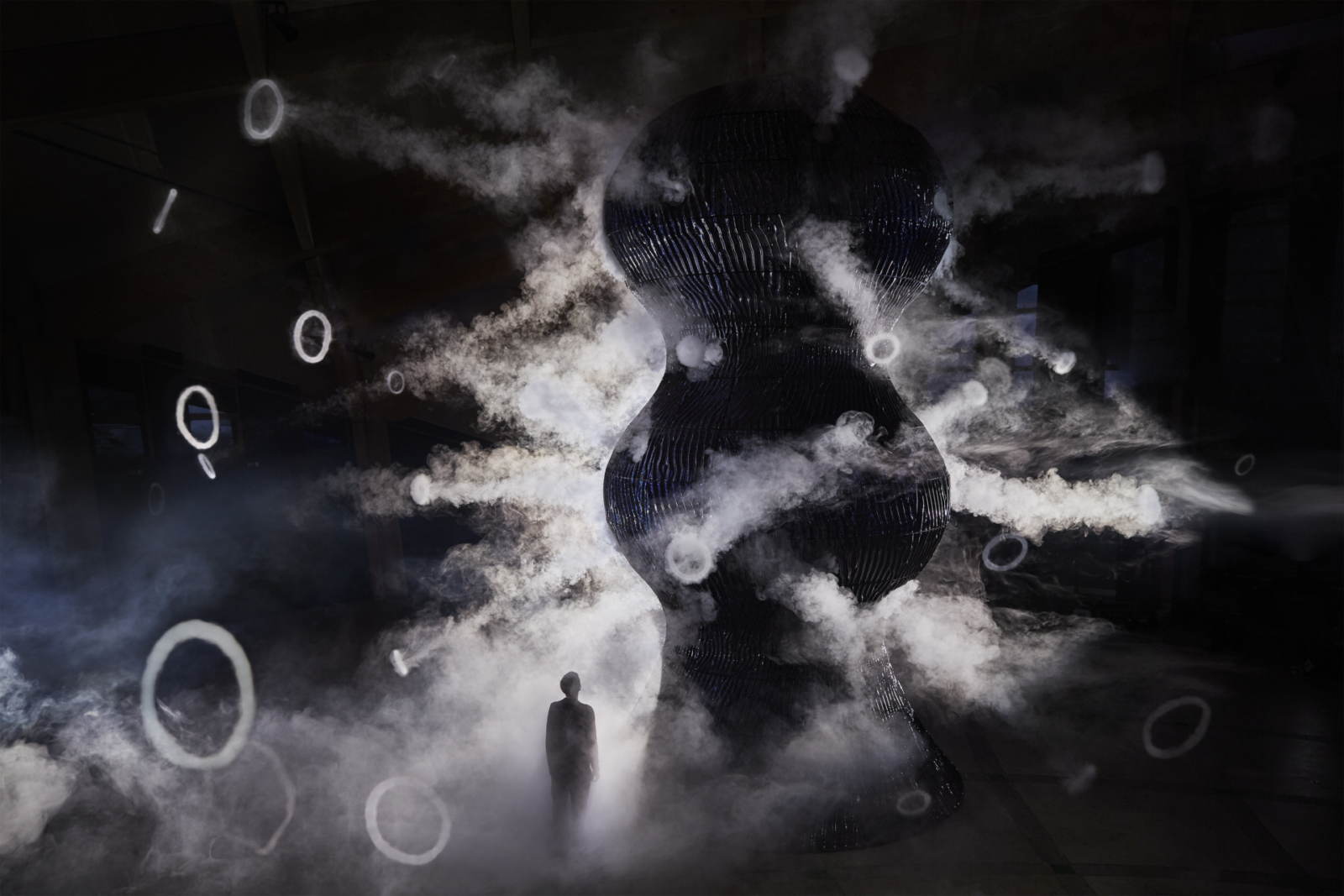
Photo: Petr Krejčí
You also work on commissions for clients such as Instagram and COS. I actually saw the COS installation in Milan and was very impressed with it. However, I feel that sometimes there can be some conflicts with a client when getting approval for an idea. Do you ever experience difficulties with client work?
No, we have a good relationship with our clients and we enjoy working with them. We were actually huge fans of COS’s approach to store and clothing design, so it was not difficult to come up with ideas. I liked COS’s approach to store and clothing design, so it wasn’t difficult to come up with ideas, and we didn’t have to assimilate. You might think that client work involves compromise, but I actually love the challenge of trying to create not only what we want, but what they want most – something that makes everyone happy without compromise.
The installation for COS was really amazing and many people were queuing up to see it. I must have waited for an hour or two.
I’m sorry about that.
What is the role of designers now?
It seems that the difficult situation will continue, but what do you think is the role of designers now?
I believe that design is the art of life, the art of living. I think Japanese design is wonderful in this respect, and I believe that through design, we can feel the connection with nature. I also think that design can play a role in the area of making spaces more comfortable for people who are now often at home due to the covid-19, and many of them are suffering from mental damage. When you enter a truly beautifully designed space, your mood changes drastically, and your perception of the world changes as well. In a way, it’s like music, a powerful medicine.
The possibilities of collaboration with other industries
We are currently working on a project with economists and scientists, and each of them has a completely different point of view which allows for new ways to solve problems through such cross-industrial collaboration. Is Studio Swine also interested in collaborating with experts from different fields like that?
That project sounds very interesting. I’m very interested in plasma science, so I’d like to collaborate with scientists in that field. I’d also like to do something with forestry scientists.
Lastly, what are your plans for the future?
We are currently working on a project to build our own house. We haven’t decided on a location yet, but are hoping for a place like Karuizawa, with a good balance of having access to both nature and culture. We are also working on a large scale installation in the UK and a plasma project.
